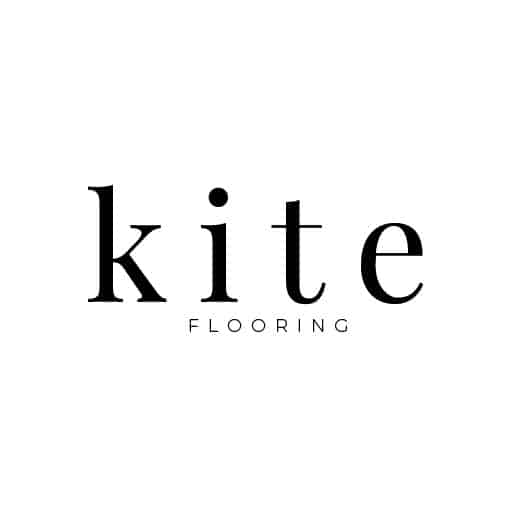Shhhh, we’re going to let you into a secret in the flooring world.
Most floors sold online are always on sale. Literally, always. Whatever time of the year, Spring, Summer, Autumn (you get the idea..). Many of the larger online-only companies we track don’t have a single product listed on their website that is not on sale – “Spring Sale”, “Last Chance Offer”, “Special Offer”, “Jubilee Weekend Sale”, “Father’s Day Special”. The list goes on and on.
We have great sympathy for online marketing executives in this sector. At their Monday morning sales meeting, their boss will ask, “What’s the plan guys?”. “How about a new sale? Isn’t it World Book Day this week?” Or “Let’s try a countdown clock on our website”.
The Flooring Secret…
This strategy is possible because wood flooring is an opaque product to price and you can’t always tell the difference between products by looking at samples. We can show you a 190mm wide, engineered oak floor that is £40 per m2. We can also show you one that is £100 per m2. These may look identical, but one will last a generation. The other an afternoon. The differences are in the oils and how the product has been made.
The flooring industry will say a product has an RRP (recommended retail price) of £100, as per our example above, and then sell it for £40, with a massive “Spring Savers Bonus” of 60%. But the reality is it’s a £40 floor, and will never, ever have been sold for £100. People buy this narrative because they, i) don’t buy floors every day, ii) don’t know anything about flooring and iii) everybody (..me included..), likes to think they’re getting a deal, even if they’re not.
Whilst this method of selling is effective, it’s dishonest. At Kite, our customers know exactly what they’re paying for, and we’re completely transparent about how each product is made, and how it’s priced. Here we explain 6 factors that affect the price of your floor…. And note, “end of season sale” is not one of them. It’s wood floors. Not dresses.
The grade of wood
By this, we mean how rustic the floor is, so whether it has knots, and how large the knots are. Rustic floors will always be cheaper because you can use the entire tree. Prime floors (those with no knots) will be expensive. You can also buy floor grades that are priced in the middle, between Rustic and Prime grades.
Oils and the manufacturing process
This is a big one. Good quality oils mean a floor can withstand whatever family life throws at it. But note, it’s not just the oil type, it’s also the quantity used (how much per m2), how many coats, and how the oil is applied. A well-made floor will be textured with brushing machines between coats to ensure the oils sit deep within the wood structure. Cheaper floors will cut corners on the quantity of oil, the number of coats, and how the oils are applied.
A well-run manufacturing plant will also have regularly serviced machines that accurately “mill” the floors. There will be sufficient staff on the production line to spot defects, and the climate in the factory will be tightly controlled to ensure moisture does not get into the layers of flooring. These floors will perform well and fit together tightly (so no unsightly gaps).
The number of processes
The more treatments on the wood, the more it will cost. Example treatments include smoking, band sawing (horizontal brushing), vertical brushing, staining, bevel distressing, and the list goes on and on. The more treatments you do, the more the floor costs. Note, UV oil floors are the quickest and cheapest to apply as the floors are placed under a UV light and the finish dries instantly. Some stains take days to dry, and this pushes up costs.
How common the shape of flooring is
More common shapes (we call them platforms…) are cheaper because manufacturers mass-produce them. The most common width of flooring is 190mm width planks, so you will tend to see cheaper pricing here. Expect to pay more for very wide or very narrow planks. Herringbones and Chevrons also come in standard sizes; and deviate from this and things get expensive. Patterned floors will be more expensive as there are more cuts and packaging needed to deliver a smaller area.
Where the wood comes from
At Kite, we work with both French and Asian Oak products. The Asian floors are cheaper and tend to be the more common widths. French Oak is better for bespoke orders, as we can make it in widths from 140mm up to 300mm. With good quality oils, both will perform well, but interestingly, they react to the oils differently.
In terms of environmental credentials, wood can be FSC certified (which will mean it will be more expensive). However, just because timber is not FSC certified, it does not mean it’s from the back of a wagon! Non-registered products we sell would still be certified by the EUTR (ttf.co.uk/sustainability/eutr). Sustainability and wood flooring, like pricing, has plenty of grey areas…. but that’s a blog topic for a later date!
How much wood is in the product
Thickness is something people often use to ascribe value to wood floors, and it’s true; floors with thicker oak top layers i.e. more wood, will cost more. But remember, these floors are cosmetic, so sit on top of a structural floor. Thickness is therefore under your feet, so not worth paying for. Our most common thickness is 15mm, with a 4mm top layer. This thickness is structurally sound, and also gives you at least two sands on the floor. We would only recommend a thicker floor if you were looking to transition the floor into a very high tile line, or a thinner floor with a low tile line.
Here’s an example…


So, in summary, when choosing a wood floor, look at each of these factors, to evaluate whether you’re getting fair value. If you’re buying a 190mm width floor, in a natural oak oil, from Asia, that is a rustic grade, with no reference to the type of oils, it will never, ever be £100 per m2. If you’re buying a 300mm width, french oak floor, with grey oils that’s been smoked and stained, it will be expensive.
We hope this helps. Happy Sampling!
For more information on our Curated Range of flooring click here.
This blog deals with buying a floor, but that is half the challenge. For guidance on fitting floors read our following blogs –
–How to fit a Herringbone floor… or what you need to know if you’re having one fitted.


